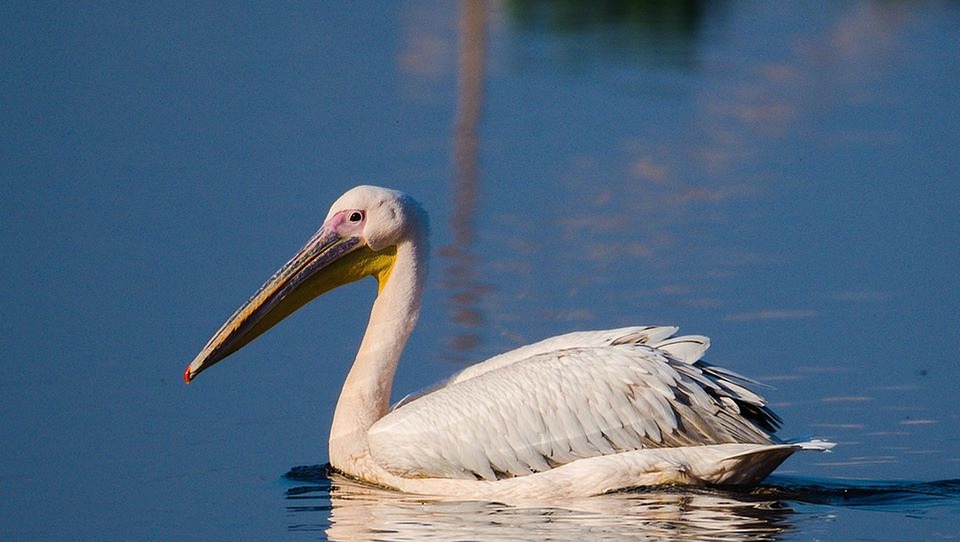Keeping a fish tank requires more than just picking out the most visually appealing fish. It’s important to choose species that are disease-resistant to ensure the longevity and health of your aquatic pets. In this guide, we will explore the best disease-resistant fish for your fish tank, providing you with valuable insights and tips to maintain a thriving aquatic environment.
Understanding Disease-Resistant Fish:
Disease-resistant fish are species that have a higher natural resistance to common aquarium diseases. They are less likely to fall ill and can withstand environmental stressors more effectively. By choosing disease-resistant fish, you can minimize the risk of diseases spreading in your tank and ensure a healthier ecosystem for your fish.
Benefits of choosing disease-resistant fish for your tank:
Opting for disease-resistant fish offers numerous benefits. Firstly, it reduces the likelihood of diseases spreading among your fish, preventing potential outbreaks that can be harmful or even fatal. Secondly, disease-resistant fish are generally hardier and can adapt better to changes in water conditions. Lastly, they require less effort and resources to maintain, as they are less prone to illnesses and require fewer medications or treatments.
Factors influencing the disease resistance of fish:
Several factors contribute to the disease resistance of fish. Genetics plays a significant role, as some species naturally possess stronger immune systems. Environmental conditions, such as water quality and temperature, also impact the overall health and disease resistance of fish. Proper nutrition and a balanced diet are equally important, as they help strengthen the immune system of fish and promote overall health.
Top Disease-Resistant Fish Species:
1. Guppy (Poecilia reticulata):
– Overview and characteristics: Guppies are small, colorful fish known for their vibrant patterns and active nature.
– Disease resistance and hardiness: Guppies are highly disease-resistant and can tolerate a wide range of water conditions.
– Suitable tank mates: Guppies are peaceful and can coexist with other small, non-aggressive fish.
– Care tips for guppies: Provide a well-maintained tank with regular water changes and a balanced diet of flake food and live/frozen food.
2. Platies (Xiphophorus maculatus):
– Overview and characteristics: Platies are small, colorful fish that come in various patterns and colors.
– Disease resistance and hardiness: Platies are hardy and disease-resistant, making them ideal for beginner fishkeepers.
– Suitable tank mates: Platies are peaceful and can cohabitate with other non-aggressive species.
– Care tips for platies: Maintain a clean tank with proper filtration, provide a varied diet, and monitor water parameters regularly.
3. Swordtails (Xiphophorus hellerii):
– Overview and characteristics: Swordtails are known for their distinctive sword-like tails and vibrant colors.
– Disease resistance and hardiness: Swordtails are disease-resistant and can tolerate a wide range of water conditions.
– Suitable tank mates: Swordtails are compatible with other peaceful, non-aggressive fish species.
– Care tips for swordtails: Provide a well-filtered tank, offer a balanced diet, and ensure regular water changes.
4. Zebra Danios (Danio rerio):
– Overview and characteristics: Zebra Danios are small, striped fish known for their active swimming behavior.
– Disease resistance and hardiness: Zebra Danios are extremely hardy and can withstand various water conditions.
– Suitable tank mates: They are compatible with other active, non-aggressive fish species.
– Care tips for zebra danios: Maintain a well-aerated tank, provide a varied diet, and monitor water parameters regularly.
Tips for Maintaining a Disease-Resistant Fish Tank:
To maintain a disease-resistant fish tank, follow these essential tips:
A. Proper tank setup and maintenance: Provide a well-filtered tank with appropriate decorations and hiding places for fish to feel secure.
B. Regular water quality testing and maintenance: Monitor water parameters such as temperature, pH, ammonia, and nitrate levels regularly to ensure optimal conditions for fish.
C. Quarantine procedures for new fish: Always quarantine new fish for a few weeks before introducing them to the main tank. This allows you to observe their health and treat any potential illnesses.
D. Balanced diet and nutrition: Offer a varied diet consisting of high-quality flakes, pellets, and occasional live or frozen food to ensure proper nutrition and strengthen the immune system of fish.
E. Stress reduction techniques: Minimize stress in your fish by maintaining consistent water conditions, avoiding overstocking, and providing appropriate tank mates.
Conclusion:
Choosing disease-resistant fish species is crucial for maintaining a healthy and thriving fish tank. By understanding the characteristics, care needs, and disease resistance of various fish species, you can create a harmonious aquatic environment that minimizes the risk of illnesses. Implement proper care, maintenance, and prevention strategies to ensure the well-being of your fish and enjoy a vibrant and disease-free tank.









